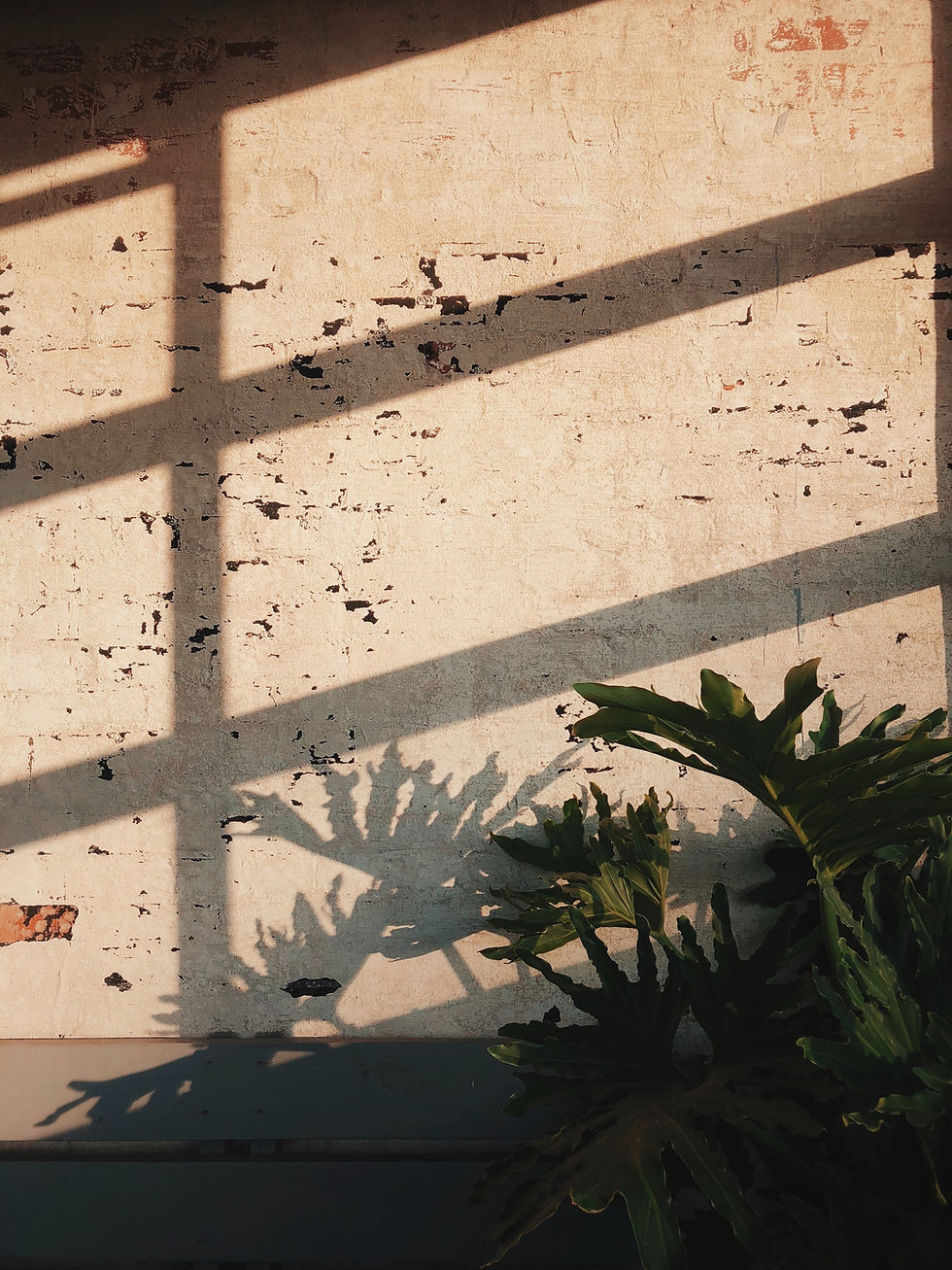Designing for zero waste
- marketing63379
- Sep 5, 2023
- 4 min read

The writer and philosopher Antoine de Saint-Exupery once wrote that; "perfection is achieved, not when there is nothing more to add, but when there is nothing left to take away". I think it is fair to say that when we are designing with sustainability in mind, this statement rings all the more true. With the enforced reset which has been brought about by the coronavirus pandemic, we have been presented with an ideal opportunity to reevaluate the design process in order to ensure that the environment is at the forefront of our thinking. In this article I will look at the elements of the zero waste pyramid and explore some of the ways in which we can apply this to our design approach.
PREVENT
It can be tempting to let creativity run wild and create all kinds of fantastic three dimensional elements and lavish adornment on an exhibition stand. Stop and consider whether this is really necessary in order to convey the key message of the brand or campaign you are showcasing. This structure is only likely to be standing for a matter of days. Make sure you properly evaluate what is important and avoid designing things for the sake of it. By placing emphasis on this at the very start of the design process, you can massively reduce the amount of waste which ends up in landfill.
REDUCE
There is an old mantra which states that ‘design is the tip of the spear’ and this is an especially pertinent statement when we are looking to reduce the amount of materials we are using. Remember that what you design in the first instance, is ultimately what will be manufactured further down the line. Consideration must be given to the size and shape of the objects which you are designing. A quick win here is to stick to using sheet materials as they can be value engineered extremely efficiently. It is important that you take responsibility for this by familiarising yourself with the standard sheet sizes of the materials within your design. If you design within multiples of these sizes you will inevitably see a massive reduction in wasted material. This will not only provide a more environmentally sound approach, but will also help to reduce costs.
RE-USE The exhibition industry by its very nature requires us to continually design, build and dismantle physical spaces and objects. In carrying out this process, show to show, it is clear that the potential for unnecessary waste is enormous. The mind boggles when thinking back on the amount of reception counters, bar units, demo pods and myriad other customised structures which have been manufactured, then have invariably ended up on the scrap heap after only a single use. You can remedy this by considering the life span of the elements within your designs. If a wall can be constructed from reusable items, like traditional stock panels, then there really is no excuse for doing otherwise. This rule can also be applied to counters, light-boxes, bars and any other regularly used features which can easily be rebranded. If these elements are specified in durable materials and are properly looked after throughout build-up, break-down and in storage then major ground will be broken in terms of waste reduction.
RECYCLE As the global impact of humanity upon the environment becomes clear it is now more important than ever that we all push to make our economies more circular. During the design process you can help achieve this by looking to specify only those materials which can be recycled easily after their initial use. You should ensure that careful consideration has been given to the construction of components so that they can be more easily broken into constituent parts for recycling. In order to promote this step further you can also aim to specify materials which themselves are from recycled sources.
DISPOSE In reality it would be remiss to suggest that 100% of all waste can be eliminated. It is an unfortunate fact that whilst we continue to live and breathe then there will inevitably be an element of waste however small. Nevertheless it is of paramount importance to ensure that we radically reduce the waste we produce and guarantee that that any residual waste is disposed of responsibly. Where available you can look to ensure that anything left over which can’t be recycled is processed through an energy from waste incinerator which converts energy to provide heating and/or electricity.
When we sit down and re-evaluate the design and build process and the ways in which it relates to the reduction of waste then the evidence is clear - there are positive steps which can easily be taken. It is important to note that the above steps are not intended to be an exhaustive list but rather a brief synopsis of some of the lower hanging fruit, we can pick, in order to boost the sustainability of our industry. Whilst much of it may seem obvious, it is amazing how much of it can be and is flippantly ignored in favour of a quick profit or an easy life. As stakeholders we all share accountability in maintaining oversight of the materials we are using and how and where our waste is disposed of. It is increasingly important that we do not turn a blind eye to this subject but rather consider it from the very first moment our pens touch paper.
David Horne





Comments